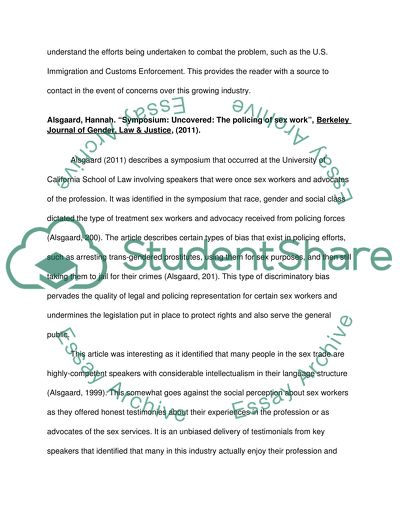Cite this document
(“Human Trafficking in the United States Annotated Bibliography”, n.d.)
Retrieved from https://studentshare.org/sociology/1426668-human-trafficking-in-the-united-states
Retrieved from https://studentshare.org/sociology/1426668-human-trafficking-in-the-united-states
(Human Trafficking in the United States Annotated Bibliography)
https://studentshare.org/sociology/1426668-human-trafficking-in-the-united-states.
https://studentshare.org/sociology/1426668-human-trafficking-in-the-united-states.
“Human Trafficking in the United States Annotated Bibliography”, n.d. https://studentshare.org/sociology/1426668-human-trafficking-in-the-united-states.


